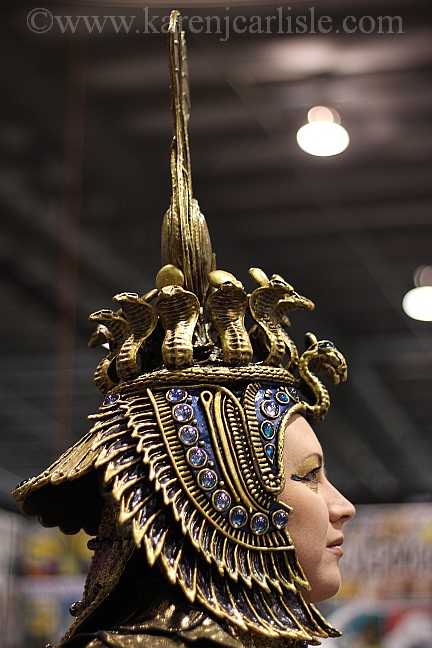Sunday’s post: (Apologies for the scheduling screw up.)
The Victorians had a fascination for the unexplained. The threat of the mummy’s curse winds through Viola Stewart’s latest adventure, Eye of the Beholder. These days, the mummy’s curse conjures up visions of reanimated mummies thanks to books and film. But what were the Ancient Egyptian curses really for and did they exist?
 Deaths surrounding the discovery of King Tut made the mummy’s curse popular. In February, 1923, Howard Carter entered King Tut’s tomb. Within weeks, he had been bitten by a mosquito and died, from the resulting infection, soon after.
Deaths surrounding the discovery of King Tut made the mummy’s curse popular. In February, 1923, Howard Carter entered King Tut’s tomb. Within weeks, he had been bitten by a mosquito and died, from the resulting infection, soon after.
However, the legends had circulated for centuries, as early as the 7th century AD, when Arabs arrived in Egypt (5). Curses were even used, as a tool to protect tombs from robbers, in some earlier mastaba (non-pyramid tombs) (3). The first book about an Egyptian curse was published in 1699 (7).
Jane Loudon wrote about the mummy, Cheops, in her 1827 novel, The Mummy!: Or a Tale of the Twenty Second Century, which is read by Viola in Eye of the Beholder.
But finding a curse in a tomb isn’t as common as you think. There was no actual curse found in King Tut’s tomb, however ‘curses’ have been found in other (usually Old Kingdom) tombs. Curses were used as protection for sacred items or possessions, usually describing the fate of those who chose to ignore the warning.
Some examples include:
- ‘All people who enter this tomb, make evil against this tomb and destroy it may the crocodile be against them in water and snakes against them on land. May the hippopotamus be against them on water and the scorpion against them on land.’ (Khom Abuo-Billou)
- “lose their earthly positions and honors, be incinerated in a furnace in execration rites, capsize and drown at sea, have no successors, receive no tomb or funerary offerings of their own, and their bodies would decay because they will stave without sustenance and their bones will perish”. (Amenhotep, Son of Hapu).
- “any ruler who… shall do evil or wickedness to this coffin… may Hemen not accept any goods he offers, and may his heir not inherit“. (Tomb of Ankhtifi)
- ‘As for every mayor, every wab-priest, every scribe and every nobleman who shall take [the offering] from the statue, his arm shall be cut off like that of this bull, his neck shall be twisted off like that of a bird, his office shall not exist, the position of his son shall not exist, his house shall not exist in Nubia, his tomb shall not exist in the necropolis, his god shall not accept his white bread, his flesh shall belong to the fire, his children shall belong to the fire, his corpse shall not be to the ground, I shall be against him as a crocodile on the water, as a serpent on earth, and as an enemy in the necropolis.‘ (Sarenput I)
Many were simple:
- ‘He will be miserable and persecuted.’ (Tomb of Pennout)
- ‘His lifetime shall not exist on earth.’ (Tomb of Senmut)
For those who believed, curses had a power – whether of self-prophesy and persuasion, co-incidence or hematite powder (8) small enough to breath in and kill.
You decide.
Bibliography:
- Curse of King Tutankhamun’s Tomb: http://www.ancientegyptonline.co.uk/tutcurse.html
- The Curse of King Tut: Facts & Fable: http://www.livescience.com/44297-king-tut-curse.html
- Curse of the Mummy: http://science.nationalgeographic.com/science/archaeology/curse-of-the-mummy/
- The Curse of the Mummy: http://kingtutone.com/tutankhamun/curse/
- The Curse of the Mummies: http://www.gizapyramid.com/articles/mummies-curse.htm
- Curse of the Pharoah: https://en.wikipedia.org/wiki/Curse_of_the_pharaohs
- Tomb Curses of Ancient Egypt: http://www.ancient-origins.net/history/tomb-curses-ancient-egypt-magical-incantations-dead-003228
- 8 Tomb Raider-Style Traps That Totally Exist in Real Life: https://www.buzzfeed.com/tombraider/8-tomb-raider-style-traps-that-totally-exist-in-real-life?utm_term=.fmjXWApmR#.frbd9rloN
- 10 Creepiest Ancient Egyptian Curses: http://www.therichest.com/rich-list/10-creepiest-ancient-egyptian-curses/

1 thought on “Curses…”